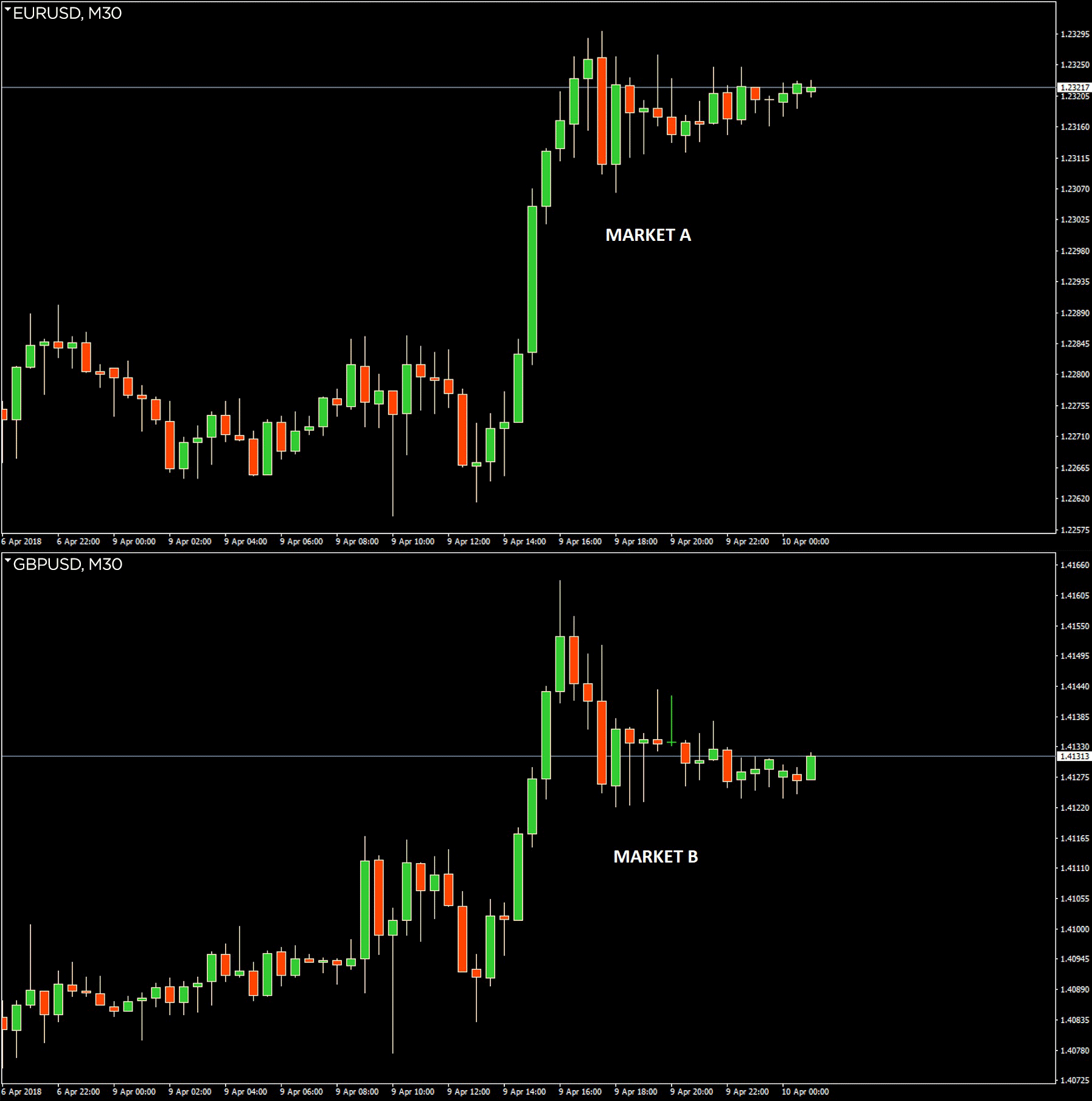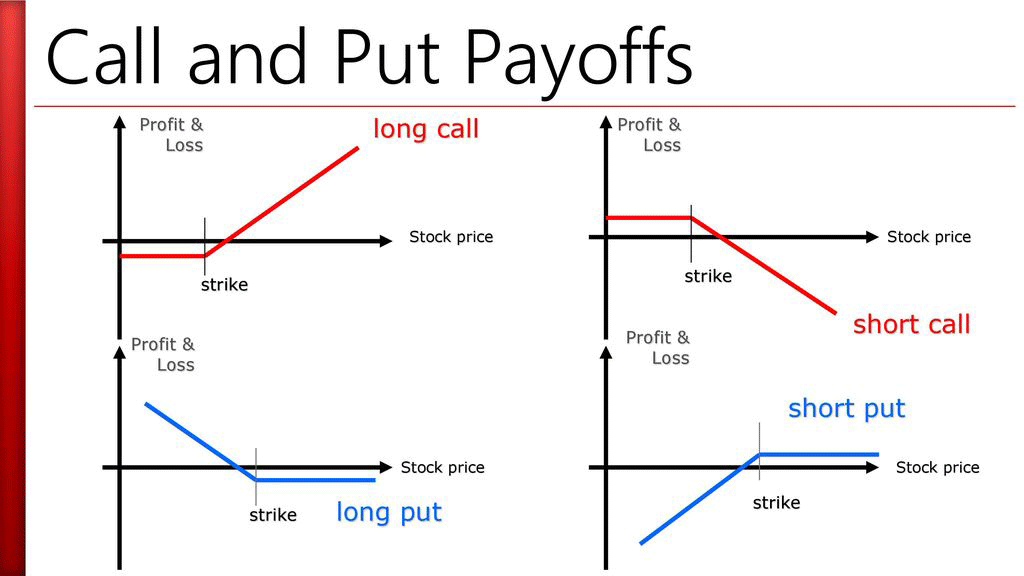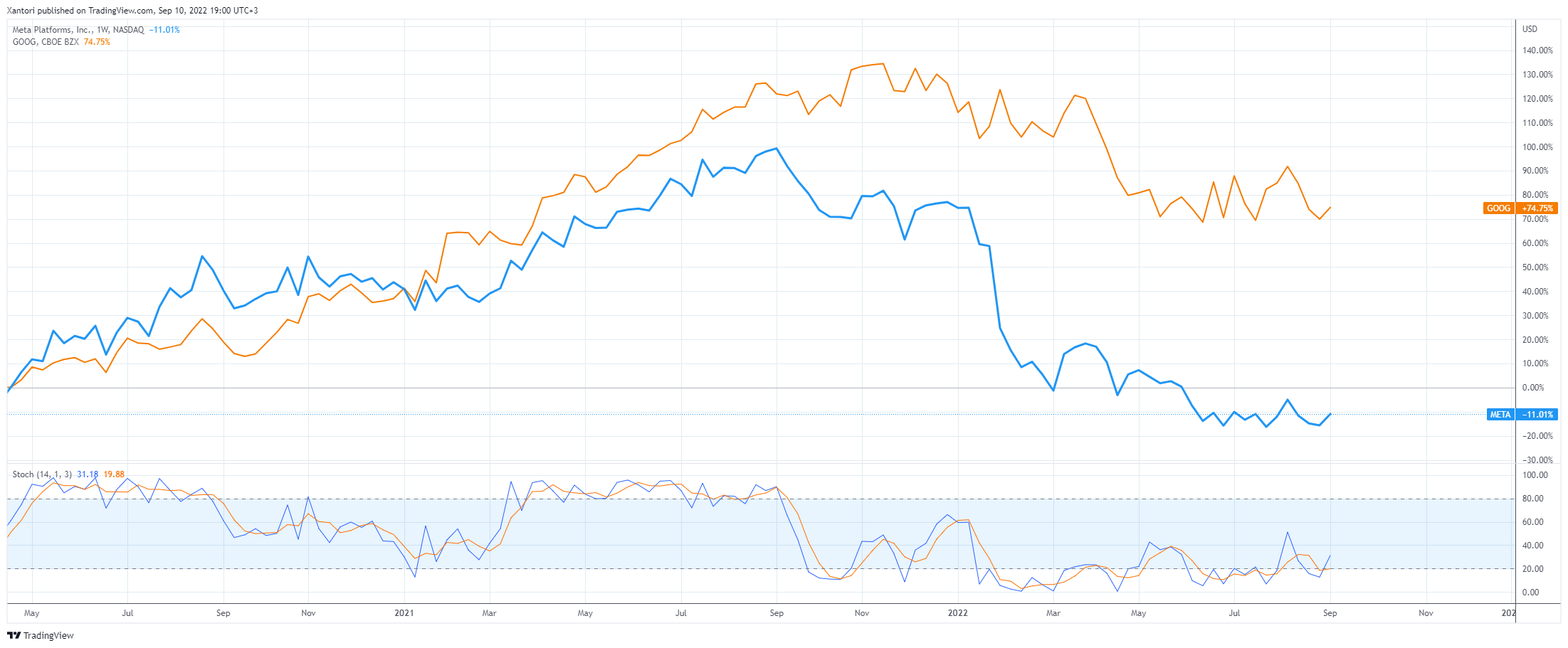There has been absolutely no doubt that the post-pandemic global economy will be recovering at a turtle pace. Many predict that it’s a prologue to a deep recession, comparable to that of 1929, or even worse. And in those tumultuous times, protecting your investment portfolio is almost the matter of life and death - a financial life and death for sure. Therefore, if there’s an important topic to cover right now, it’s surely hedging and the instruments and strategies that could keep your portfolio alive and possibly in profit.
But instead of a gradual recovery, the economy has plunged into a rapidly deepening crisis, caused by the following reasons:
- Rampant inflation caused, among other things, by an unprecedented increase of fiat mass;
- Ongoing and potential wars, and the prospect of nuclear war;
- The energy crisis in Europe born out of galloping prices of natural gas and other commodities;
- Skyrocketing food and utility prices.
What is hedging in financial markets and how it’s similar to insurance policy
The main purpose of hedging is to protect one’s investment portfolio from downside risk. Hedging and its strategies can be applied to any asset class whether it’s Forex, cryptocurrencies, stocks, commodities or indices. Obviously, they aren’t entirely risk-proof as there’s no remedy against the risk in financial markets - only a charlatan would tell otherwise. But when push comes to shove, the best hedging instruments listed here will soften the blow so that your portfolio would get off with a few bruises instead of being brutally knocked out.
The concept of hedging in Forex and other financial markets can be compared to an insurance policy. Let’s say you purchase a property in California, in a region that sometimes suffers from wildfires, or in Florida that often suffers from typhoons. Being aware of the risks, you’d want to limit the risks from potential damage or loss of that property by purchasing an insurance policy and paying a regular fee. If the troubles never come, having to cover the insurance reduces the total profit from the sale of the property, which also applies to Forex and other markets, but it helps to keep the risk at bay. In the trading game, though, hedging is more complicated than simply coming to an insurance agent and paying for the policy.
Here you’d have to develop a strategy that involves other assets or instruments or, in simple terms, you’d have to initiate a trade to mitigate the risks arising from another trade. The markets in question should be negatively correlated, meaning that
How does hedging compare to the use of stop loss? A hedging strategy tip to make money even when stopped out
Anyone who trades Forex, or any other asset, using a good trading strategy with stop loss knows the frustration of being ‘stopped out.’ It means when the price that goes in the right direction hits your stop loss as if reversing and then continues going in the initial direction, robbing a trader of profits. In those moments, traders call into question the need to use stop losses at all for each given trade. But how to protect your trade against losses then?
The alternative comes in the form of a hedging strategy which implies finding a market B that is reasonably correlated with market A (where you would normally trade with a stop loss), or a market with a slightly weaker momentum that displays a deeper pullback. On that weaker correlated market B, you could open a short trade approximately at the price point where you’d have a stop loss in market A.

A visual example of correlated markets suitable for the hedging strategy
The idea here is to mitigate the risks of losing money on a ‘stopped out’ long position by profiting from the short trade. In theory, the short trade on a weaker market B should cover the loss on trade A and even make some money since it’s likely to fall deeper before reversing and following the correlated market A. And if that market falls through the floor, the trader could potentially make a really sweet profit. There’s a psychological benefit to using such a hedging strategy in trading because it allows getting back in a trade with a very similar setup (B) - remember, markets A and B are correlated - than buying again at fresh highs in market A.
An example of a hedge in the stock market
Allow us to offer a quick illustration of a possible hedging strategy applied in the stock market. Here, we are going to use Alphabet (GOOG) and Meta (META) stocks as an example since they are reasonably correlated, both being in consolidation mode after steep correction.

GOOG/META comparison chart. Source: Tradingview
After multiple testing of respective support levels, both stocks appear to be gearing up for the breakout. GOOG seems to be slightly weaker since it has been rejected more severely than its counterpart, pointing at the strength of the sellers. At the same time, META displays the potential to rally to new highs. Should a trader go long on META, a stop loss must be placed somewhere below the area of support.
At the same time, a short order could be opened in an area where a potential stop loss could have been if one desired to be long on GOOG. This way, a trader would be hedging a long trade with a short, like it’s been described above.
Using contract for difference (CFDs) as a hedging instrument
Contract for difference (CFDs) is a financial instrument designed to cushion the risks that traders face in volatile markets, and potentially improve one’s investment performance. Keep in mind that CFDs represent a leveraged product, which means that they bear higher risk than the usual stock trading.
In essence, a contract for difference allows one to speculate on a price movement without having to buy an actual asset. It can be viewed as a deal between a trader and a broker to exchange the difference, hence the name, between the opening price of a contract and its closing price. Apart from speculation, CFDs are very advantageous when used for the following purposes:
- Hedging;
- Relieving the taxation burden. For instance, in the United Kingdom, one doesn’t have to pay stamp duty when trading CFDs;
- Short selling;
- Cash extraction.
Let’s say that you are convinced that the price of Amazon (AMZN) is going to rise and you’d like to make some money on that move but don’t have enough capital to buy the actual shares, or are not willing to buy them for some reason. In that case, you can contact your broker and ask to buy CFDs in the underlying market. Here, another aspect of CFDs comes out, which is called the margin. In that case, the margin determines the percentage of the full price of an asset which, in turn, determines how much you’d have to pay for the CFD. It varies from broker to broker but usually stands between 3% and 10% of the asset price.
If the move pans out, the broker would be obligated to pay you the difference between the buying price and the price at which the CFDs were sold. Conversely, if your prediction fails and the price of AMZN goes the other way, you’d have to pay the broker the difference and ultimately take a loss on that trade.
The main selling point of CFDs is that they offer a retail trader access to the markets that might be closed for him under normal circumstances. Those markets include:
- Commodities;
- Agriculture;
- Energy;
- Precious metals, etc.
But usually, people rely on CFDs for trading, and hedging, in Forex markets as well as indices, equities, cryptocurrencies, and a host of other markets. Let us reiterate that trading CFDs requires a good deal of competence and the ability to manage risks.
The main risks that have to be taken into consideration when trading CFDs for hedging
As already mentioned, the primary risk associated with trading CFDs lies with leverage which greatly increases exposure to financial markets without obliging the trader to pay the full value of an underlying asset. In this way, the trader is enabled to take a significant position in a foreign currency, a stock, an index, and so on, which entails huge risks that many fail to manage properly. Therefore, even if the margin for trading CFDs is as low as 3% or 5%, you may still gain access to oftentimes unnecessarily high leverage that can do more harm than good.
- The second risk is attempting to short the position without putting a stop loss. We have covered the good hedging strategy that involves playing around with stop loss but speculating without one may result in wiping out the account, and even more if overleveraged.
- Thirdly, and it’s probably the most obvious one, is to never do trading without a back-tested plan. Without it, you are basically gambling with your capital, which isn’t what trading is about - there’s no need to extrapolate on that further.
- Lastly, don’t forget to take counterparty risks into account, because you may have a working trading plan and all, but if your broker goes bust, it could take a very long while to retrieve even a part of lost capital. And that only if the broker is registered in a tier-1/tier-2 jurisdiction. We have touched upon the issue of trusted Forex brokers in the previous article - check it out, it’s a useful read.
Hedging an investment portfolio with options
Options is the name of a financial instrument - also called a derivative - that is widely used by experienced traders in their hedging strategies. It’s indeed an advanced trading tool that novice investors shouldn’t rely upon, but for their education, we’ll explain it in simple terms.
Basically, options is a deal (a contract) between two parties (a buyer and a seller) to buy/sell an underlying asset (currency, commodity, index) at a determined price, also called the strike price, at or before the predetermined date.
Options constitute the right, but not an obligation, of the parties to exercise such trades. Remember how we compared hedging to an insurance policy - options come the closest to this concept in financial markets. To elaborate on that analogy, the buyer of an option is like a house owner who wants to protect his property from risk through an insurance policy. The seller of an option can be compared to an insurance company that’s willing to absorb the possible risk in exchange for a fee, which in the case of financial markets is called the premium. Let’s take a look at the two option types using which a trader can protect its position against the downside risk while allowing it to realize the upside potential.
The call option is exercised when the trader wants to buy the contract at a certain price that would exist within a specific timeframe. In that case, the buyer of the call option is bullishly inclined, meaning that he or she reckons that the price of an asset will increase and the option will let him/her buy it cheaper even when the market rallies.

Picture of long/short call option
There are two categories of call options: a long call option and a short call option. The first one is very straightforward: a trader is purchasing this option in anticipation of the rally to buy the asset at a discount, as described above, minus the premium. The second, a short call option is exercised when the trader expects the situation to develop the other way around - they are mainly used as a part of the covered call option trading strategy. In this scenario, the seller is going to dispose of the option at a strike price when the price declines.
Conversely, a put option gives a trader the right to sell this instrument at or before the designated date. The main reason for buying such options is to either protect a long position or to profit from the depreciation of the asset price.
The profit is calculated as the difference between the strike price and the actual price, minus the premium paid to the seller, who’s also called the writer since he/she writes out the contract. Just like the call option, the put option can be divided into long put and short put options. The first is a part of the long put options strategy designed to protect the portfolio from the downside risks that arise when the markets enter the bearish phase. The second (short put or the uncovered put, or the naked put) is the type of option that implies selling a put option for the premium with the obligation to buy back an asset whenever the buyer desires but within a clearly defined timeframe. The main pitfall of the short put option is that the profits from such an operation are often limited to the size of the premium while the risks could be very significant.
The ins and out of portfolio protection using futures
Similar to options, futures is a derivative contract that implies purchasing or selling an asset at some point in the future. The key difference between these two instruments is that futures contracts impose obligations to perform the said action at the expiration date no matter the market price. Futures contracts could be ‘rolled’ to the next month or three months but still, the expiration date must be respected. Basically, operations with options largely depend on the will of the participating parties, whereas futures are set in stone and their terms can’t be changed at the buyer’s or seller’s will.
The gist of futures is that these contracts afford an opportunity to fixate the price, thus facilitating financial planning business operations and mitigating investment risks, especially in declining markets like the ones we have today. Futures contracts can be issued in a variety of markets, including Forex (where EUR, USD, and GBP futures are the most popular), stock indices, commodities, metals, etc.
Similarities and differences between futures and CFDs
Like with CFDs, futures could be bought for a fraction of an asset price (a margin) and may also involve the use of sometimes significant leverage. As already mentioned, margin and leverage pose a threat to the accounts of inexperienced traders as they amplify not only the profits but also the losses. Another difference between futures and CFDs lies in the fact that the former are being traded on designated exchanges (futures exchanges like the CME Group) whereas, with CFDs, you are trading against another broker.
The contract size is also what separates these two types of instruments: the size of futures contracts tend to be quite large, especially in markets like DAX, precious metals, or crude oil, while CFD contracts are usually substantially smaller.
Lower-size contracts provide retail traders with better hedging options as they allow them to scale in and out of position much quicker and easier, as well as keep the hedging options (and the investment portfolio in general) much better diversified.
Bottom line: a hedge between keeps the portfolio green
It’s so easy to be a ‘successful’ trader when financial markets are rallying; when everything appears to be falling in place and the portfolio is getting greener than the Christmas tree. But in this tough business, euphoria and carefree attitude towards risks and downturns have never ended well, and even the luckiest ones run out of luck sooner or later.
Real investors and traders substitute luck with strict risk management where hedging is a crown jewel. The beauty of a well-designed hedging strategy is that it gives the needed protection as well as an opportunity to profit even when the market starts going against you. We have given a comprehensive overview of all viable hedging options. Now, it’s up to you to develop a working strategy.

















